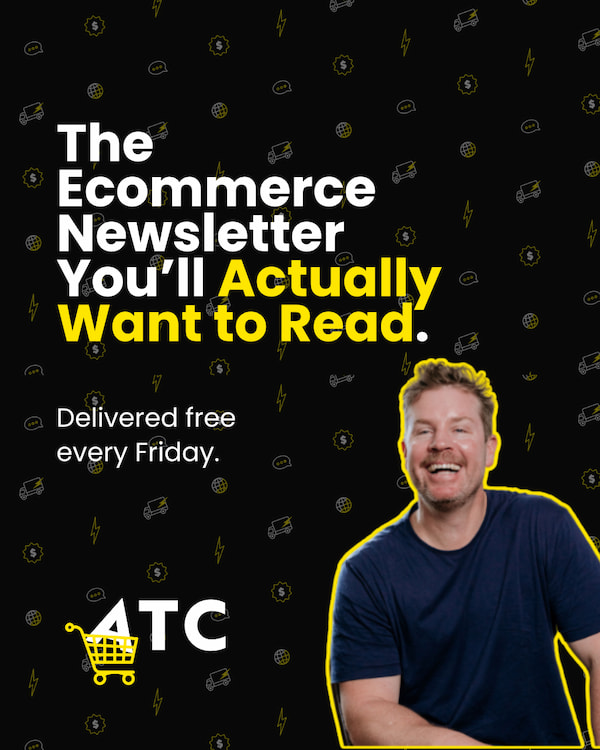The Cost of Standing Out
In ecommerce, innovation means exposure. When a product takes off, copycats are rarely far behind. The team behind memobottle learnt this early. Their slim, rectangular water bottle was designed to slip neatly into briefcases and handbags, instantly recognisable as their own. But uniqueness attracts attention from low-cost imitators. Co-founder Jonathan Byrt explains that while competitors tried to copy the design, “the bottle is actually extremely difficult to produce the way that we’ve done it.” That manufacturing complexity became a quiet moat that kept poor-quality imitations at bay.
From Legal Fights to Brand Power
For memobottle, IP protection started as a shield but evolved into a growth strategy. After sinking money into chasing copycats, Byrt and co-founder Jesse Leeworthy realised that legal action alone wasn’t enough. “It was like whack-a-mole,” they said. “You’d get one down and another one would come up.” Their focus shifted to building a brand and expanding their product range, transforming from a single-bottle business into a full lifestyle ecosystem. In doing so, they made imitation harder at every level, from manufacturing through to brand storytelling.
The Brand as a Moat
That approach aligns closely with lessons shared by Rob Ward from Quad Lock on episode #177. His team built a brand that became bigger than the product itself. Rather than fighting every replica in court, they concentrated on ensuring customers searched for “Quad Lock mount” instead of “bike phone mount.” By embedding identity into the category, Quad Lock turned brand equity into its strongest layer of IP protection. For ecommerce operators, that kind of recognition is often more valuable than a patent.
Process Over Product
Another layer of protection comes from how a product is made, not just what it looks like. The team at Tinyme built a highly personalised manufacturing system that delivers custom kids’ products within days. Their success lies in keeping production close to customers and creating processes that are almost impossible to replicate at scale. It’s a reminder that IP protection can live inside the operations, not just in legal documents.
Knowing What’s Worth Protecting
A few weeks ago, we had legal expert Marianne Marchesi from Legalite on the poddy. One of the strongest lessons from that chat was that IP isn’t just about product design. Customer data, photography, and product descriptions can be just as valuable, especially in an era where AI scrapers can copy anything that’s online. Knowing what would hurt most if stolen, and putting safeguards in place early, can save years of damage control later.
Building Moats That Last
Memobottle’s story shows that IP is not a legal checkbox but a long-term growth play. Protecting a brand means layering defences across design, production, and identity. The smartest operators build products that are hard to copy, brands that are harder to forget, and systems that keep them one step ahead. For ecommerce leaders, that combination is the real competitive moat: and it’s built, not bought.
In this Playbook:
- How memobottle turned complex manufacturing into its best defence
- Why Quad Lock’s brand recognition outperforms any patent
- The operational moat behind Tinyme’s personalised production
- What Legalite’s Marianne Marchesi says about auditing hidden IP assets
- Why smart operators see IP not as paperwork, but as a foundation for growth
🎧 Listen to the full Playbook with Jonathan and Jesse from memobottle, now on Add To Cart.
Before you leave…
Join the Add To Cart Community. We’ve got deep dives, events, and practical inspo for ecommerce operators who are playing the long game.



